VIDEO: How do I connect a washing machine?
Check before installing the washing machine
Check what connections are there. To your Washing machine To connect correctly, you need an electrical outlet, a faucet, and a Drain.
The faucet: It must be provided with a 3/4-inch external thread for a hose connection.
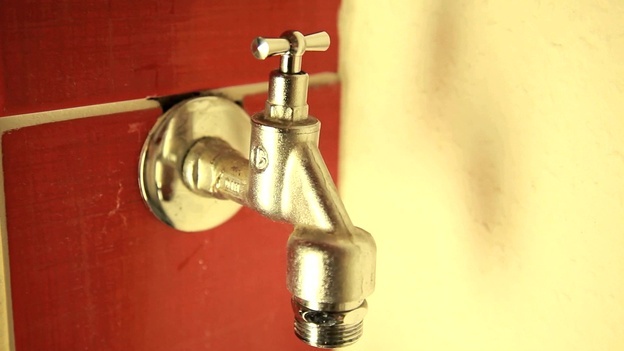
The drain: A branch on a siphon is suitable as a drain. In an emergency, a toilet, washbasin or bathtub is sufficient.
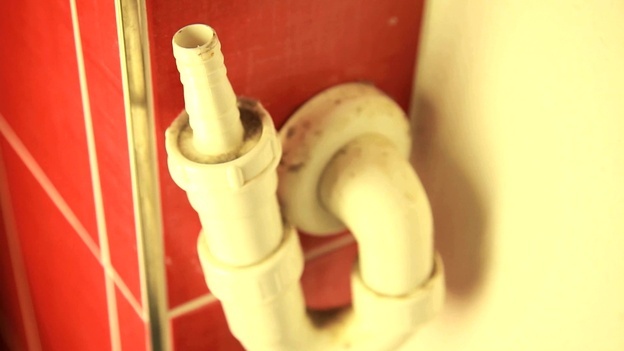
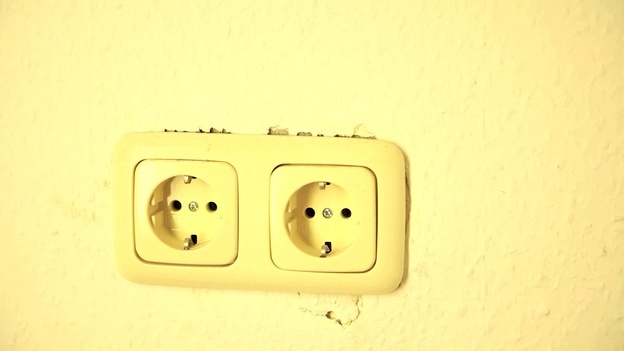
How to proceed when setting up
First, check whether the drum can be moved. If this is blocked, find the transport locks and remove them. The fuses are usually located on the feet behind the foot panel or on the rear wall at the height of the washing drum.
Place your washing machine in the designated place and leave a distance of 30 to 50 centimeters from the wall so that you have enough space to connect the washing machine. When all connections are tight, you can move the machine closer to the wall. A distance of ten centimeters is sufficient.
A dishwasher's drain hose is quite easy to assemble, but sometimes ...
How to connect your machine correctly
1. Attach the drainage hose. Connect the drain hose of your washing machine by plugging it into the branch on the siphon. Secure the hose with a hose clamp.

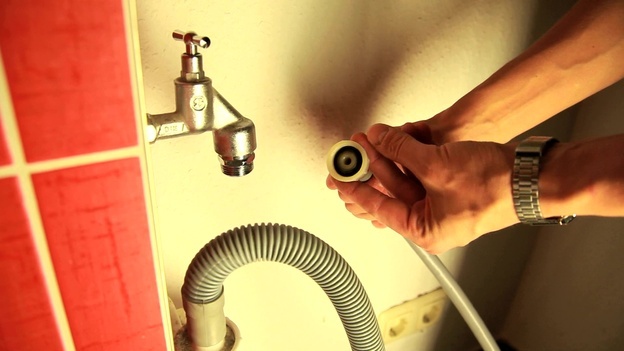
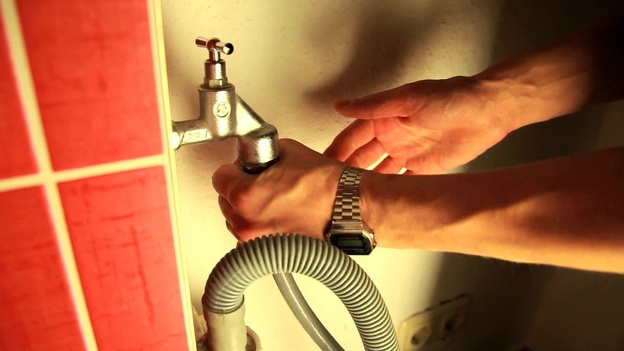

5. Connect to electricity. If everything is tight, insert the plug into the socket. You can now wash your clothes.
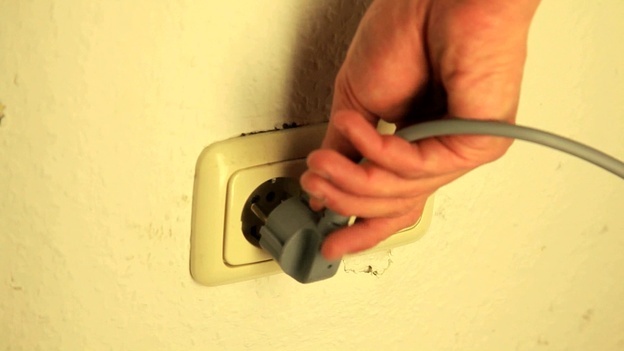
The connection at a glance
Proceed according to this checklist so that you do not forget a hand movement:
- Select a place where the tap, drain and socket are available.
- Remove the transport locks.
- Place the machine in the designated place.
- Connect the waste water hose to the drain.
- Secure against slipping.
- Check the seal in the union nut, replace if necessary.
- Screw the union nut onto the tap, do not use any tools.
- Turn on the tap and watch for leaks.
- Insert the plug into the socket.
Now you know how easy it is to plug in a washing machine. If there is a socket, a tap with a 3/4-inch external thread and a drain, you do not need to call a specialist.


